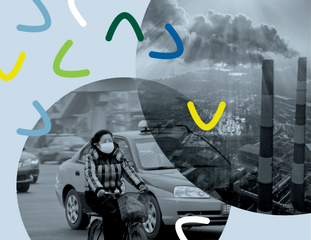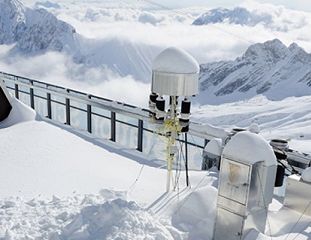aeroHEALTH - IN BRIEF
The German-Israeli Helmholtz International Laboratory aeroHEALTH strives to understand the biological and health effects of atmospheric aerosols mechanistically, combining information on primary emissions as well as secondary and ambient aerosols. Atmospheric processing (“ageing”) under atmospheric relevant conditions of biogenic and anthropogenic emissions are simulated on short and long term scales to connect laboratory observations with the observed health impacts from field experiments. Read More >
Mission and Vision
The World Health Organisation (WHO) states particulate matter (PM) air pollution to be the largest environmental health risk in Europe, causing a substantial disease burden. It is estimated that in 2014 more than 90% of the world population lived in places where WHO air quality guidelines were not met, causing 3 million premature deaths due to exposure to ambient air pollution and making it the fourth highest risk factor of death globally. Although the association between several combustion aerosols and adverse health effects is well established, the effect of atmospheric ageing on aerosol toxicity has been sparsely investigated. This knowledge gap is addressed by the research of AeroHEALTH. Read more >
Publications
Cao, X. et al.:
A comparative study of persistent DNA oxidation and chromosomal instability induced in vitro by oxidizers and reference airborne particles.
Mutat. Res. Genet. Toxicol. Environ. Mutagen. 874-875, 503446 (2022)
Ihantola, T. et al.:
Genotoxic and inflammatory effects of spruce and brown coal briquettes combustion aerosols on lung cells at the air-liquid interface.
Sci. Tot. Environ. 806 (Pt 1), 150489 (2022)
Offer, S. et al.:
Effect of Atmospheric Aging on Soot Particle Toxicity in Lung Cell Models at the Air-Liquid Interface: Differential Toxicological Impacts of Biogenic and Anthropogenic Secondary Organic Aerosols (SOAs).
Environ. Health Perspect. 130 (2), 27003 (2022)
Passig, J. et al.:
Single-particle characterization of polycyclic aromatic hydrocarbons in background air in northern Europe.
Atmos. Chem. Phys. 22 (2), 1495–1514 (2022)


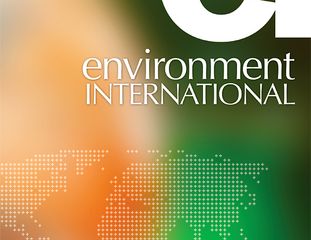
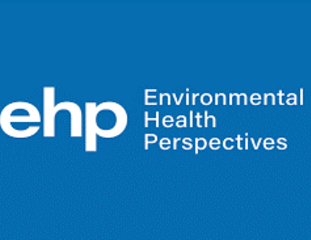
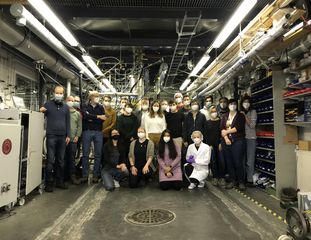
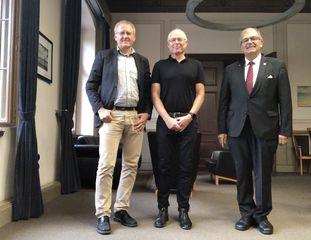
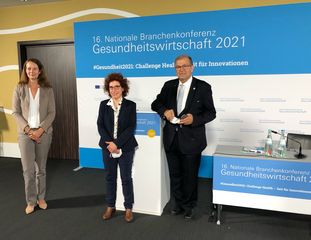
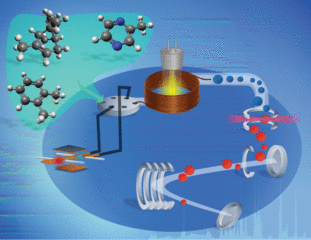
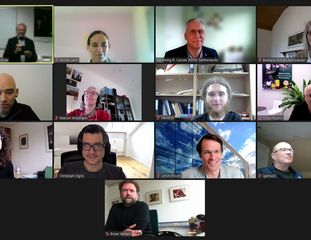
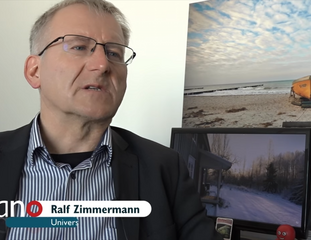


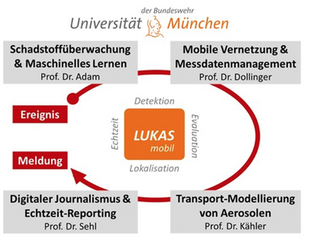

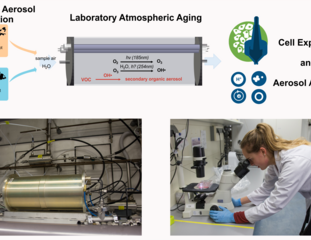
![[Translate to Englisch:] [Translate to Englisch:]](/fileadmin/_processed_/5/c/csm_aeroHEALTH_20_3b324bc9ca.jpg)
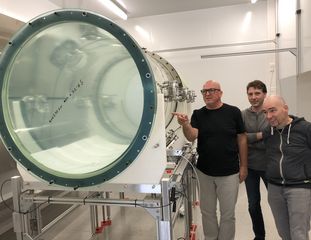
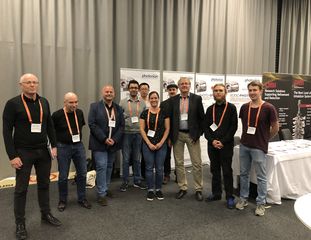
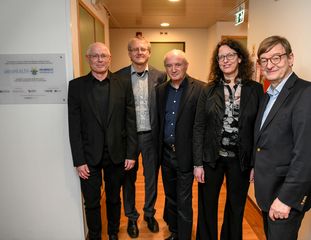
![[Translate to Englisch:] [Translate to Englisch:]](/fileadmin/_processed_/6/2/csm_13951F111_9ae635718e.jpg)
